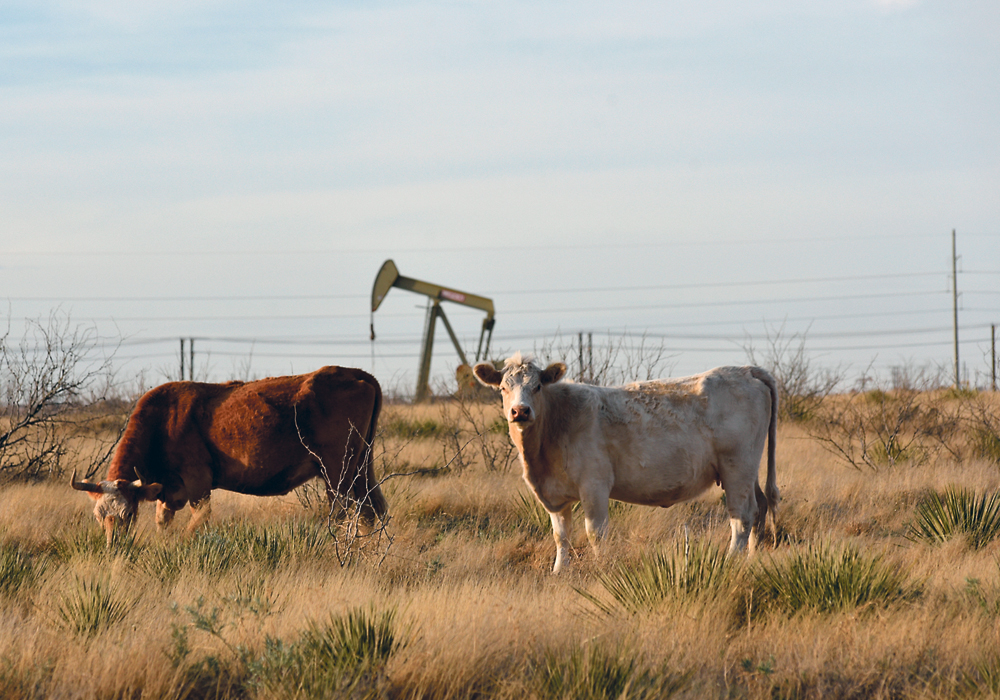The next round of prescription requirements is expected to affect medications that are administered by injections and boluses
AMES, Iowa — Further limits on antimicrobials sold to livestock producers could be coming in the United States.
Veterinary prescriptions for certain injectable products and boluses available over the counter could be required.
In 2017, the Food and Drug Administration required veterinary prescriptions for medically important antibiotics also used to treat human disease.
In September 2018, the FDA published a five-year plan for additional improvements to meet the goal of using antimicrobials only when needed.
Read Also

Beef check-off collection system aligns across the country
A single and aligned check-off collection system based on where producers live makes the system equal said Chad Ross, Saskatchewan Cattle Association chair.
About 100 approved products are still available and are delivered by other means than feed and water. These make a very small proportion of what is used. A two-year phase-in period would be allowed once the government guidance is published, said William Flynn of the Center for Veterinary Medicine at the FDA.
Cattle, swine and horses would be most affected.
“The intention is to shift these products over to prescription regardless of species including companion animals,” he said at the National Institute of Animal Agriculture annual antibiotic symposium held recently in Ames, Iowa.
The original FDA requirement shifted antibiotics in feed and water to veterinary oversight and the industry has complied well, he said. Data from the FDA indicates antimicrobial drug sales peaked in 2015 and have declined since.
“We saw pretty substantial reductions in one year of 33 percent reduction in sales of medically important antibiotics in 2017,” he said.
“This is not all about reducing volume but to make sure we are using the products as judiciously as possible and only when necessary,” he said.
However, the agency wants more accurate information on the sale and distribution of products for food producing animals. Current statistics are based on drug sales.
“Sales data is valuable and informative but it has its limitations. It doesn’t tell us how it is being used,” he said.
Some reports indicate about 80 percent of antimicrobials are for livestock but this information based on sales could be deceiving because the physiology and weight between humans and animals is different.
Further, different species of animals metabolize drugs differently, meaning that some may require more of the drug to be effective, or may need to be treated for a longer period of time.
The duration of treatment is also being questioned, said Flynn.
A number of products in feed and water were approved 30 to 40 years ago. Some were not labelled with any specific duration of use and some said feed continuously.
“From a regulations perspective, the concern (is), is this really aligning with our current thinking on judicious use?” he said.
“Can we better target how these products are being used to prevent, control and treat disease?”
The FDA also wants an updated list of antimicrobials that are considered medically important and may have resistance issues.
Ionophores are in the least important category. They are not used in human medicine and there is no evidence to show they contribute to antimicrobial resistance in humans.


















